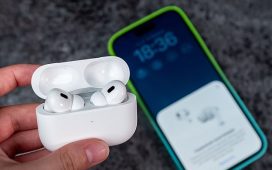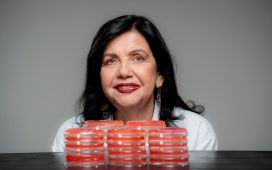Bone cows, specially bred in mad cow-free Australia, are being used instead of human donors for dental and medical bone grafts.
While bovine grafts have been tested for spinal fusion, foot reconstructions and to fix skull traumas, the Australian versions are predominantly used in dental work to strengthen degraded jaws before tooth implants.
Dental bone grafts in the past required the use of bone donated from the bodies of people who gave consent while alive or from the patient themselves.
But now synthetic bones as well as xenografts – bone from animals including pigs or cattle – can often be used instead. Cow bones have become the most commonly used, but the next evolution is set to be artificial 3D-printed products.
Scott Davis, federal president of the Australian Dental Association, said people were “more comfortable” with bovine products than human, and they had been shown to work.
Australian cattle are used because they have no history of bovine spongiform encephalopathy (mad cow disease).
“With the main product, Bio-Oss, it’s acceptable to donate blood with the Red Cross if you’ve had a graft with that,” he said. “It’s one of the few where people can continue to donate. It’s from a select herd of Australian cattle that have been thoroughly tested.”
These cattle undergo regular health checks and they are sent to certified slaughterhouses. The material is sent overseas – for example, to Switzerland – for high-temperature treatments, cleaning and sterilisation, before it is sent back.
It is then used to create a scaffold around which a patient’s own bone will grow so there is enough material to support a titanium implant, to which a crown is attached.
“The periodontist or surgeon will recommend [bovine bone],” Davis said.
“It has a long track record of success and hundreds of published articles. The way it’s heat treated means it reabsorbs less than fresh bone – it shrinks less.
“Australia’s a safe market because of the TGA. The only materials you can use are definitely biologically safe.”
A xenograft is a type of xenotransplantation, a field that has been rapidly developing to use parts of animals for human transplants, amid a shortage that was exacerbated by the pandemic.
Xenotransplantation is the use of tissues, organs or cells from animals to treat humans. The cells are genetically modified so the human body accepts them.
The former prime minister Kevin Rudd had his faulty heart valve replaced with one from a cow. Animal pancreases can be used to produce insulin. There is ongoing research into using kangaroo tendons – which are much stronger than human tendons – to repair human anterior cruciate ligaments.
after newsletter promotion
The world’s second human recipient of a pig heart died this month, nearly six weeks after the procedure.
In August a pig kidney was transplanted into a brain-dead human. It worked normally for two months in the body of a man who had donated his body for the experiment, then was removed and the body was returned to his family.
Prof Toby Coates, transplantation director at Royal Adelaide hospital, said success could help overcome the shortage in donor kidneys and provide hope for more than 15,000 Australians on dialysis.
Australia had a ban on xenotransplantation clinical research imposed in 2005 but it was lifted five years later.
Animal rights organisations including the RSPCA are opposed to xenotransplantation and the genetic manipulation that can accompany it. “However, where xenotransplantation occurs, mandatory welfare standards must be monitored and enforced to ensure a good quality of life,” the RSPCA says.
Humane Research Australia refers to xenotransplantation as “trading in spare parts”.
Davis said work is afoot to 3D print synthetic materials to rebuild bones, which will be particularly attractive to vegans and adherents to some religions.
“The challenge is making it bioactive, that is, inspire ourselves to actively be recruited and generate new bone,” Davis said. “It’s essentially largely experimental, but that is the future.”







